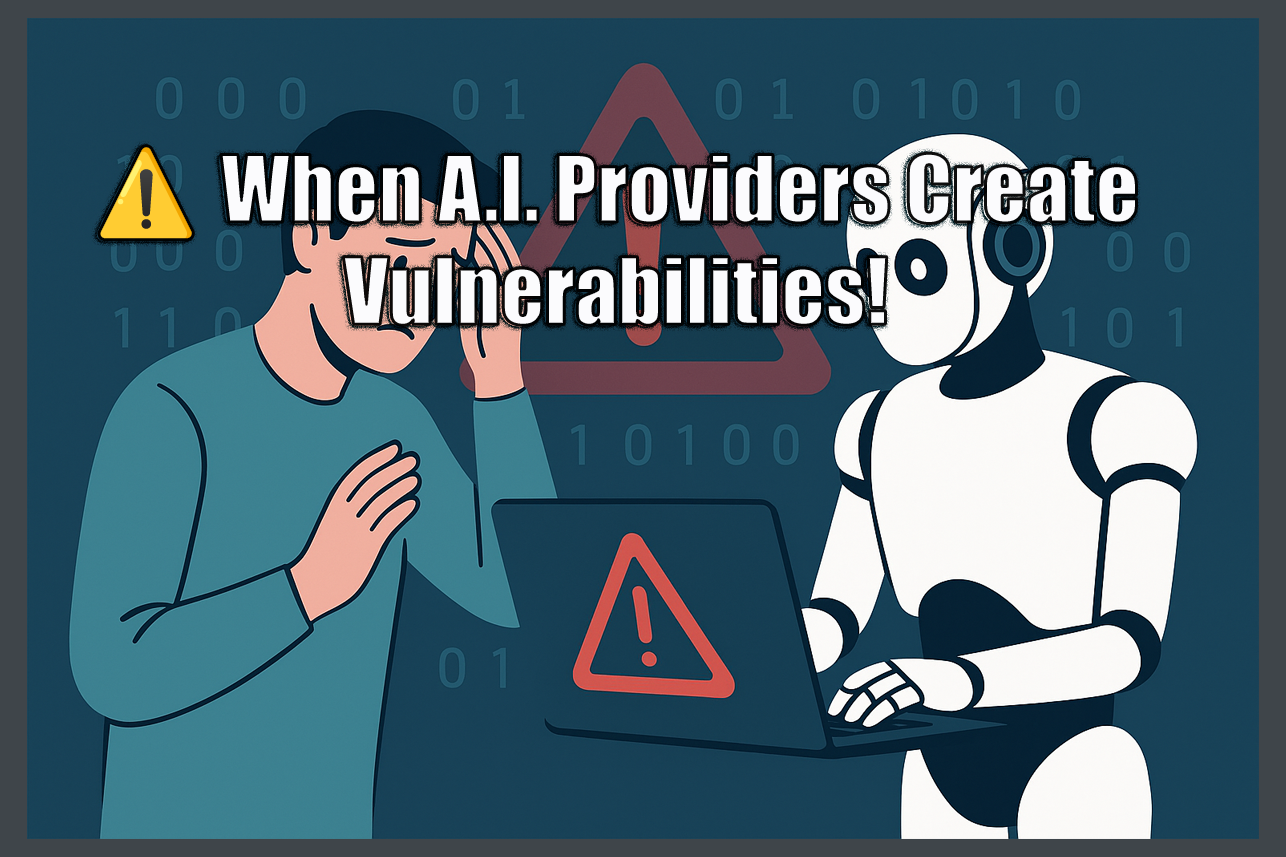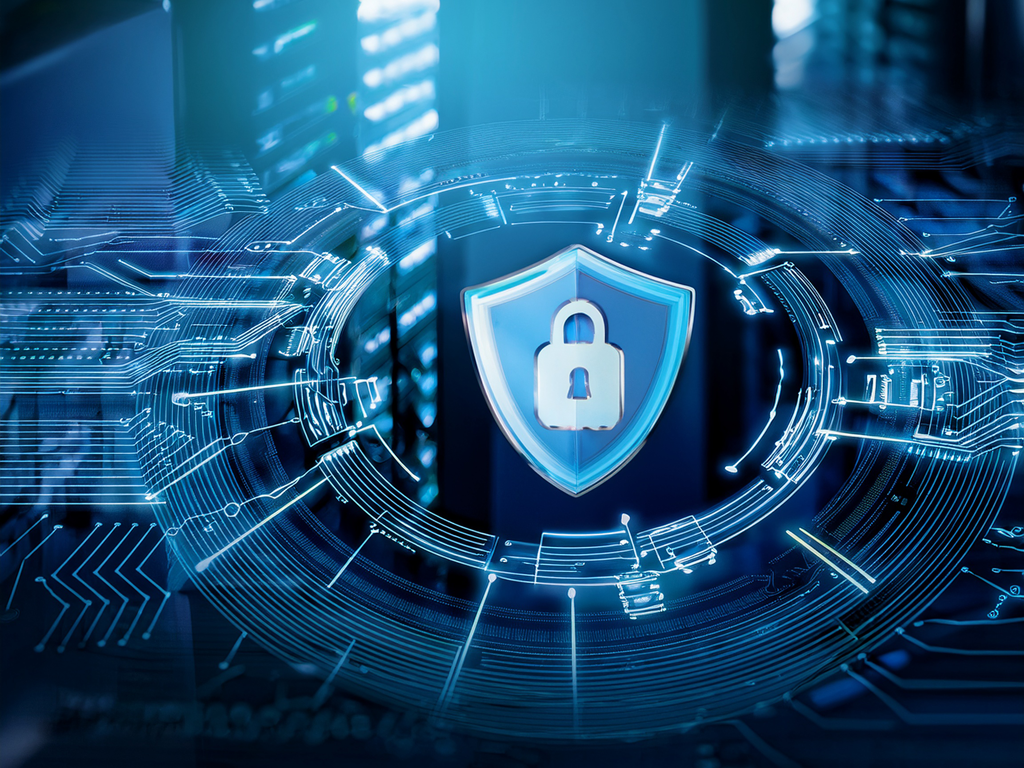-

A.I. has the power to accelerate innovation—but it also introduces new risks. When providers rush to deploy A.I. models without proper security measures, they may unintentionally open the door to: Organizations adopting A.I. must not assume providers have “security built in.” True resilience requires independent testing, governance, and continuous monitoring.
-

Non-profits work tirelessly to serve communities, advocate for causes, and deliver public good. But in the eyes of cybercriminals, they’re often seen as soft targets—rich in sensitive data, limited in resources, and slower to adopt robust cybersecurity measures. 📉 The Risks? So how do we combat cyber threats with limited budgets? 💡 Smart, Practical Countermeasures:…
-

In the OSI model, Layer 8 doesn’t officially exist—but ask any seasoned cybersecurity professional, and they’ll tell you it’s real. Layer 8 is the human layer: the people, politics, and power struggles that influence how technology is used or misused. When politics enters the data center or the boardroom, things can get messy. From conflicting…
-

As more organizations adopt 4th sector models—operating at the intersection of business, government, and nonprofit missions—they’re navigating complex responsibilities with real security stakes. These mission-driven entities often handle sensitive personal, financial, and public-sector data, but without the robust cybersecurity infrastructure of the corporate world. That creates a perfect storm for: 📉 Data privacy vulnerabilities 🔗…
-

In a world where businesses chase profits, and nonprofits chase purpose, there’s a rising movement that dares to do both—welcome to the 4th Sector. The 4th Sector represents a new class of organization that blends the financial discipline of the private sector with the mission-driven approach of the nonprofit world. These hybrid entities are designed…
-

In cybersecurity and intelligence operations, accurate and timely information is everything. That’s why I’ve been developing AI-driven reconnaissance tools that automate the collection and analysis of critical data, helping security teams identify risks and uncover vulnerabilities faster. By combining machine learning, natural language processing, and automated data aggregation, these tools can: The power of AI…
-

AI is only as good as the data that drives it. Ethical data design is essential to ensure AI systems are fair, transparent, and trustworthy. By following key principles, organizations can mitigate bias, protect privacy, and maintain accountability while unlocking AI’s full potential. Core Ethical Data Design Principles: By embedding these principles into the data…
